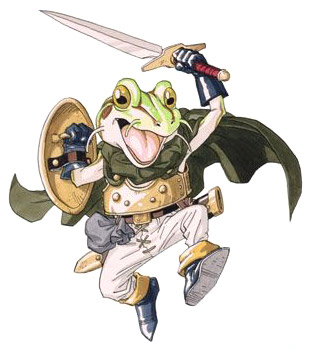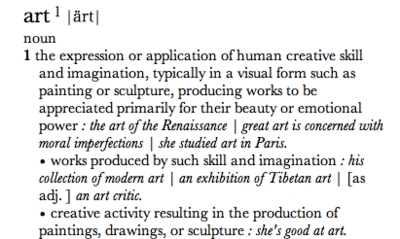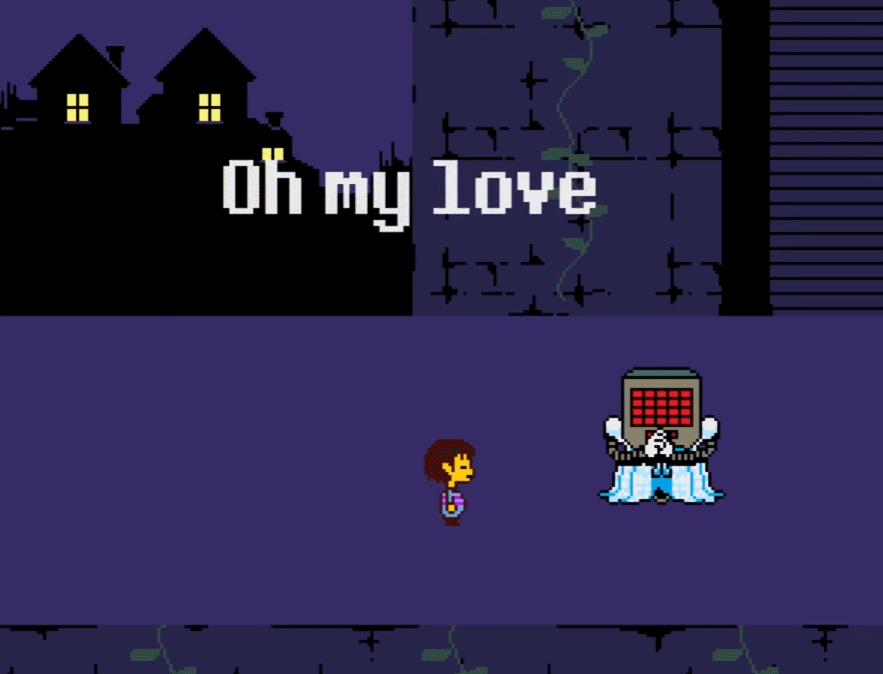Roger Ebert was certainly a respected movie critic, but even if you disagreed with his opinions, you have to admit that the man at least was well read, would engage with his audience and critics, could analyze his personal opinions and explain why and how he came to his conclusion(s). There is a reason he was a critic, and even if you disagreed with him, it was not because he lacked analytic skills. However, one thing he focused on when discussing games was their inability to make people less reflective and empathetic. He wasn’t alone in this though, but I’d argue that as much as we may be lacking a Citizen Kane of gaming, games as more than visual art is not only possible, but becoming a reality.
Even Roger Ebert Admitted Games Can Be Art
Project Gutenburg has a good discussion of the topic and how it relates to other critics, but I feel it’s best to start with Ebert.
Naturally, I want to focus on Ebert first. As gamers and non-gamers alike had questioned his proclamation, he later claimed that games can’t be art because of the need for rules and win/lose conditions, comparing digital gaming to chess. Ebert said that art is an experience, that it imitates nature but improves on it to express something. It has a single creator but coordinates with others. However isn’t that basically part of the process of creating an RPG like Toby Fox’s Undertale? Though it has win/lose conditions like most games (more on that later), it tells a story and allows for reflective moments to consider what one has done both in the game and in one’s own life, which is exactly what Ebert constantly claims is what makes art worthwhile.
But what of games not being art because of choice? Strong RPGs that give multiple endings are still limited by what’s allowed by the game developers. Many people complain that Bioware, TellTale, and other companies with “choice” only give the illusion of choice. That should be the tip off that, like movies, novels, and other story telling medium, the player is still at the mercy of the creator’s vision. The difference, however, is that our choices lead us to a different conclusion. It is, in a sense, a way to have a dialogue with the creator and their vision. We think a certain character deserves death, and the game creators show us life without that character. We think we know best, and then we find out that the storm will kill off our favorite characters anyway.
But none of this is discussed because Ebert argues against poor examples when stronger ones, such as Chrono Trigger and Earthbound, were available at the time, fairly accessible in terms of mechanics, but were neglected because, as he later admits, Ebert simply didn’t wish to play games, even when presented with the opportunity. It’s not that he had never played games, but had mostly focused on ones that, well, really were focused more on being games than something more. Ebert admits that, having very limited experience with gaming, he was no authority on the matter, and that even dictionary definitions he found (like the one above) didn’t help him condemn games as art even from a theoretical perspective. In fact, they often seemed to exclude other types of art! For some, that should be enough to damn his argument, but I feel Ebert was on the edge of something that those in the actual industry may have expressed more clearly.
Enter the Sublime
Despite Ebert surrendering, other people, including those in the game industry, sided with his original stance, and not just Hideo Kojima. Brian Moriarty, a game industry vet focused more on interactive games, also said games aren’t art. Though Kojima may be more famous, I want to discuss Moriarty’s comments because they touch on something that feels less tangible and more difficult to prove than “games are a service.” The same could be said of most visual art, but we all know that, before the photograph, paintings and sculptures were the only way to share images with the next generation, and these too were both a service but not simply supposed to be an accurate representation of their target.
Moriarty focused on the kind of art that, in Ebert’s words, makes us “more cultured, civilized and empathetic.” Once again though, there is a focus on hard-games as art. That is, games with specific rule sets and strategies. Like Ebert before him, Moriarty fails to addresses RPGs. What Ebert’s right about is that, like movies, most games aren’t art. They’re games, and that’s fine. But like movies, they can be more.
Moriarty’s key difference from Ebert, though, is his focus on sublime art. The idea of the sublime is that it evokes various feelings of greatness that cannot simply be imitated. This gives his argument something more concrete to argue for or against, but he talks much of it without giving a hard definition.
Let’s fix that. Based on some points he and Ebert continually point out, we’ll use this definition:
sublime art should elevate itself from merely being an example of its medium; it should contain references and symbols that are not mere copies from another source, and should cause the viewer to reflect on the story and themselves because of the way the art was crafted to evoke particular, positive feelings that lead the viewer to learn something of the human experience.
The “positive” part is there because both Ebert and Moriarty account for works that may evoke negative feelings that make the viewer see the piece as something other than art (such as how any debate about abstract art being art is difficult for me to follow because I simply can’t connect to it).
For example, Moriarty discusses War and Peace author Leo Tolstoy‘s perspective of art, and he was more forceful about the “ugly” side of gaming. Citing Tolstoy, Moriarty wrote:
In What is Art? (1897) the great novelist declared, “Art should cause violence to be set aside. And it is only art that can accomplish this.” Sobering, especially in the context of video games.
However, we have proof that games can do everything in our definition while being non-violent when a game can affect morality, especially when combined with Ron Tamborini and Nicholas David Bowman’s ideas of presence. Moriaty argues that games are “kitsch” art because they are instantly identifiable and have no higher meanings, and goes on to discuss historical settings used in a Call of Duty game doing just that. However, there’s no mention of Frog in Chrono Trigger as an obvious symbol rather than merely a frog. Nothing about Earthbound’s Mr. Saturns clearly being a symbol of genius in childishness, let alone being a character that triggers the above coffee break specifically designed to make players reflect on their journey. And recently… well, the names in Undertale alone show how loaded the game is in terms of symbolism. That’s why RPGs are the best way to show how games can be sublime art.
Applying Sublime Art to Undertale and other RPGs
Undertale hits all of the points of our above definition, but not all games do. First, without a doubt, the game has quickly garnered a cult like following. It’s not just a game, but one that stands above many. It may well fizzle out in terms of cultural popularity, but many of the fans are also Earthbound fans, a game that also really stands out as unique in the gaming world and still has a growing following to this day. At the very least, critically, it’s shown to be a very good example of its medium.
 Second, as previously discussed, the names alone reference other symbols, characters, and even ideas. It’s not the only game to do this either. For years, I’ve used Chrono Trigger’s Frog as an example of symbolism in games. For a western audience, the tale of a cursed prince-turned-frog is well known. A squire cursed to be a frog isn’t much of a stretch from there, and battles to break curses are a common enough. This isn’t a mere repetition of a past theme, but a small evolution of one. However, in the original Japanese, the name becomes perhaps more powerful. His name, “Kaeru,” not only means “frog,” but also “to change,” “to substitute,” “to return” and “to go home.” In the story, Frog is a squire who is asked by his mentor to replace him as the queen’s guardian, but is turned into a frog, and while he can kill the wizard who cursed him to return to normal, his primary concern is his fear of returning to his former life in the castle. He feels unworthy of his position and the burden placed upon him, so while he secretly may help the queen, he flees the castle and instead lives alone in a swamp. He is no Frog Prince, but in two languages, the inspiration is only a starting point, not the destination.
Second, as previously discussed, the names alone reference other symbols, characters, and even ideas. It’s not the only game to do this either. For years, I’ve used Chrono Trigger’s Frog as an example of symbolism in games. For a western audience, the tale of a cursed prince-turned-frog is well known. A squire cursed to be a frog isn’t much of a stretch from there, and battles to break curses are a common enough. This isn’t a mere repetition of a past theme, but a small evolution of one. However, in the original Japanese, the name becomes perhaps more powerful. His name, “Kaeru,” not only means “frog,” but also “to change,” “to substitute,” “to return” and “to go home.” In the story, Frog is a squire who is asked by his mentor to replace him as the queen’s guardian, but is turned into a frog, and while he can kill the wizard who cursed him to return to normal, his primary concern is his fear of returning to his former life in the castle. He feels unworthy of his position and the burden placed upon him, so while he secretly may help the queen, he flees the castle and instead lives alone in a swamp. He is no Frog Prince, but in two languages, the inspiration is only a starting point, not the destination.
Finally, anyone will tell you that Undertale is an experience, which is why most people and reviewers tell you to avoid spoilers. Experiencing the game as it is does something similar to great stories: it makes judgments on what it means to be human. It’s not about what you believe, but your actions, and the game and its characters reacts and judges you on that. Unlike movies or novels, where you can more easily distance yourself from the characters, the ability and general preference for people to name the character after themself solidifies the main character as a representation of the player. Every action the player makes is their own action, even if it’s just to explore the game. I know, because even though I didn’t name the character after myself, when a judgement was passed on my character based on my actions, I literally blushed in real life. It said something to me as a gamer.
Again though, Undertale is not alone in this. Earthbound had been released in the mid 90s, but allowed for more personal presence to be felt by allowing the play to name multiple characters in addition to a pet and preferences (such as favorite food and interest), less violent language in combat, (previously mentioned) built in reflective moments, and heck, you even have your dad calling you every few hours to remind you to go do something else, something I keenly remember my own mother once doing while the game was doing it. That is an experience (and also a battle my mother and the game lost).
Games as Experience
The fatal mistake of both critics and even our industry is the focus on games as a series of mechanics. We explore games of all sorts because they are a safe place to play, but doing so also reveals something of ourselves. Think about kids playing house. It may be harmless fun, but the simulation allows us to act out in ways that may not be normal. And we do that. Repeatedly. While games may encourage that, the simple fact of the matter is that, under normal circumstances, what we do in these games is often morally reprehensible, and it’s weird when the medium encourages it. Video games are not alone in this either. Tag is a challenge to catch potential prey or victims, Chess is a highly simplified war simulation, and Monopoly really needs no explanation, does it?
But playing house is a kind of game, isn’t it? Kids pretending to be firefighters are playing, aren’t they? It’s roleplaying. It’s not about winning or losing but having an experience. Non-digital games are fine as a simulation, and work well for exploring an idea. But it’s harder to focus that experience. It’s hard to give it a narrative. Video games, however, can do that. By taking away multiple player voices, the creator can narrow down the experience, give options on how the creator feels you should experience something, and build that into a specific experience that goes beyond a simple single narrative. It can be expanded into multiple directions, answering some of the “What if?” questions many of you may remember being posed to you in literature classes, either from teachers or from literary journal articles.
Not all games can be sublime art, but some certainly seem to be capable of it. Though there are certainly good reasons to discount certain types of games and even series from being high art, the genre as a whole should not be dismissed, especially if one only focuses on the most commercially successful examples. Like movie theaters and art house theaters, we need to acknowledge that games can host multiple audiences.






